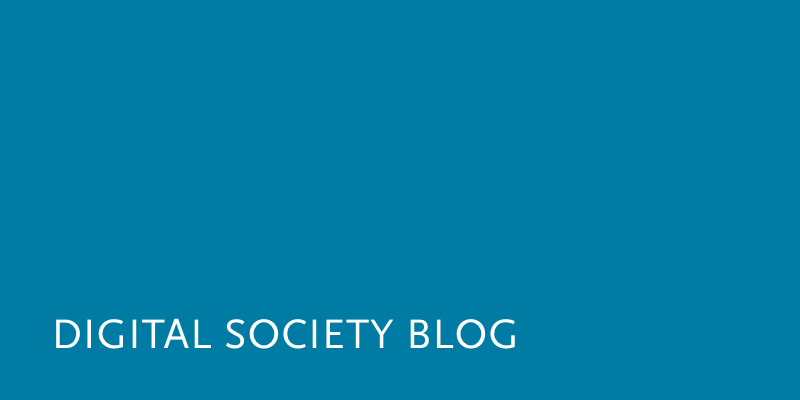Making sense of our connected world

Conference: “The Internet and Human Rights”
 What is meant by the term ‘Internet freedom’ varies among academics and within society. However, over the last couple of years the universal principles of human rights became a widely used framework for discussions. The accompanying conditions and responsibilities for governments, private sector entities, and civil society organizations are part of an ongoing global discussion.
What is meant by the term ‘Internet freedom’ varies among academics and within society. However, over the last couple of years the universal principles of human rights became a widely used framework for discussions. The accompanying conditions and responsibilities for governments, private sector entities, and civil society organizations are part of an ongoing global discussion.
Together with the University of Aarhus, Human Rights Watch and the Federal Foreign Office of Germany, the Alexander von Humboldt Institute for Internet and Society did continue the exchange of ideas in order to find appropriate solutions. The second international Berlin cyberspace conference titled “The Internet and Human Rights: Building a free, open and secure Internet” took place on September, 13th and 14th, 2012.
In order to keep the symposium discussion-oriented participation was limited to about 100 participants from civil society, governments, the private sector, academia and the technology experts. Further information as well as the program can be found on the conference website. Some Reviews can be found here.
This post represents the view of the author and does not necessarily represent the view of the institute itself. For more information about the topics of these articles and associated research projects, please contact info@hiig.de.

You will receive our latest blog articles once a month in a newsletter.
Research issues in focus
The Human in the Loop in automated credit lending – Human expertise for greater fairness
How fair is automated credit lending? Where is human expertise essential?
Impactful by design: For digital entrepreneurs driven to create positive societal impact
How impact entrepreneurs can shape digital innovation to build technologies that create meaningful and lasting societal change.
Identifying bias, taking responsibility: Critical perspectives on AI and data quality in higher education
AI is changing higher education. This article explores the risks of bias and why we need a critical approach.



